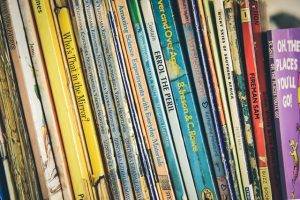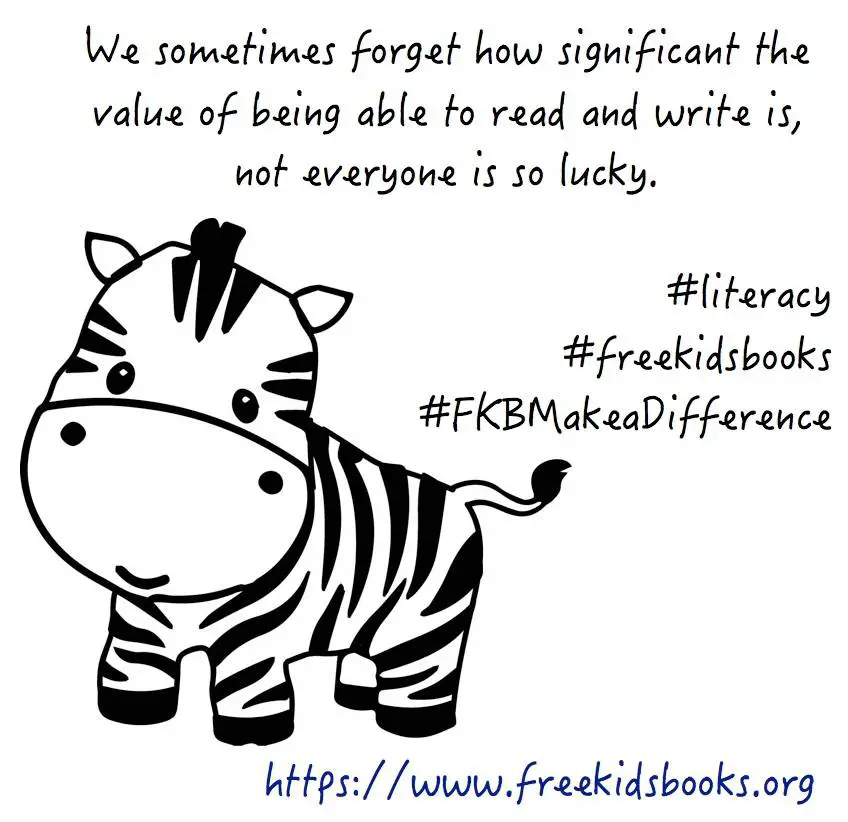 As a first-time parent, navigating the different kinds of children’s books out there can be confusing. Is your child developmentally ready for a certain type of book? Should they have moved on from picture books by now? Here are some tips on how to choose developmentally appropriate books for your kids. Please note that the age ranges used are only indicative and that these stages are likely to overlap. You know your kid best, so do whatever works for them!
As a first-time parent, navigating the different kinds of children’s books out there can be confusing. Is your child developmentally ready for a certain type of book? Should they have moved on from picture books by now? Here are some tips on how to choose developmentally appropriate books for your kids. Please note that the age ranges used are only indicative and that these stages are likely to overlap. You know your kid best, so do whatever works for them!
Birth to 3 years old: board books
Board books are small books whose cover and pages are made of thick cardboard. The pages are easy for little hands to turn, and when your baby starts to put objects in their mouth, they won’t be able to tear off and swallow bits of paper like they would with a ‘regular’ book, which makes them safer. Some board books come with exciting features such as flaps which can be lifted to show a picture underneath, but keep in mind that your child probably won’t develop the fine motor skills necessary for performing these actions until they are around two years old. Therefore, you might want to hold off on buying this kind of interactive board book until you’re fairly sure that your child won’t just rip the flaps off and put them in their mouth! If you want to buy some sustainably produced board books, this Earth Hero Coupon will come in handy.
3 to 7 years old: picture books books
Although almost all children’s books contain lots of pictures, ‘picture books’ is the name commonly given to heavily illustrated books that are longer than board books and whose pages are usually made of laminated paper rather than cardboard. Like with board books, picture books normally have large illustrations and only a few words per page, though they will be longer than board books. With younger children who can’t yet read, it’s a good idea for the parents or carers to read aloud to them and hold on to the child’s favorite picture books—which, more likely than not, you will be asked to read to them over and over again! As your kid starts to learn to read, being already familiar with the story—and remembering which part of the story is associated with which illustrations—will help them learn to identify simple words.
7 to 10 years old: chapter books
As children get older and become able to read on their own, they will transition to ‘chapter books’—a confusing name since most longer books are divided into chapters! Chapter books are longer than picture books, measuring around 10,000 words, and contain a lot more text, accompanied by black-and-white illustrations. Some chapter books, such as the popular humorous series “Captain Underpants”, use speech bubbles in the style of graphic novels.
10 to 13 years old: middle-grade books
Middle-grade books are novel-length but on the shorter side and aimed at kids who are becoming more independent. The last children’s book category after this is Young Adult (YA), after which you enter adult books territory. As a benchmark, the first three or so Harry Potter books are classified as Middle Grade, whereas the latter books are definitely YA.










